The Leica M9 for Fashion by Simon Lipman
from Steve: I always enjoy seeing when others are using the Leica M series in professional situations. If I had $2 for every time someone e-mailed me saying it is not possible or feasible to shoot the M9 for pro work I’d have some serious cash sitting in my bank account. I found the photos here from Simon to be pretty damn beautiful, hope you enjoy the post!
My name is Simon and I’m a UK-based editorial and fashion photographer.
I wanted to share with you a little insight, something that I think is somewhat relevant to you and your audience. After beginning my career shooting with a Hasselblad and digital back (I was one of the last generation of ‘film’ assistants, and was therefore very keen to add some soul to my shooting!), I finally succumbed to using the dreaded “C” word – Canon, making working life a little easier, quicker, more stable and a whole host more reasons.
Then came the day that an old boss of mine lent me his M9. I fell head over heals in love. As countless others have and still do before me, I drooled over internet sites with nothing short of obsession!! I had to make it mine. Fortunately for me, i had a tax break – and my chance! I ordered my M9-P!!
Since then I have tried to use it wherever possible, on as many jobs as possible – usually finding my opportunities during editorials – free of commercial and creative restraint. Something special happens, not only with the results, but between the photographer and the subject. Many say the same – in their own fields, now I was finding it shooting fashion. After spending years turning up to shoots with countless Pelican cases and equipment bags, i was now arriving with a tiny bag with a Macbook Air, and the M9 with three Cron lenses, a reflector and NOTHING else!!! It was, and still is a dream.
The M9 is often (quite rightly so) labelled as a documentary / journalism camera. And indeed it excels at that. I often use it for my personal work. However, when researching the camera, there seemed to be a lack of photographers using the M9 for fashion! I’m here to say otherwise – it is the perfect fashion / portrait camera. There is no end to what I could say, but with your permission, I’d love to send you some of what i have shot with it!
Your reviews of the M9 greatly influenced me when looking into buying this system and it has in no way disappointed… Indeed, it has exceeded my expectations in every way!! Keep up the good work…
Simon

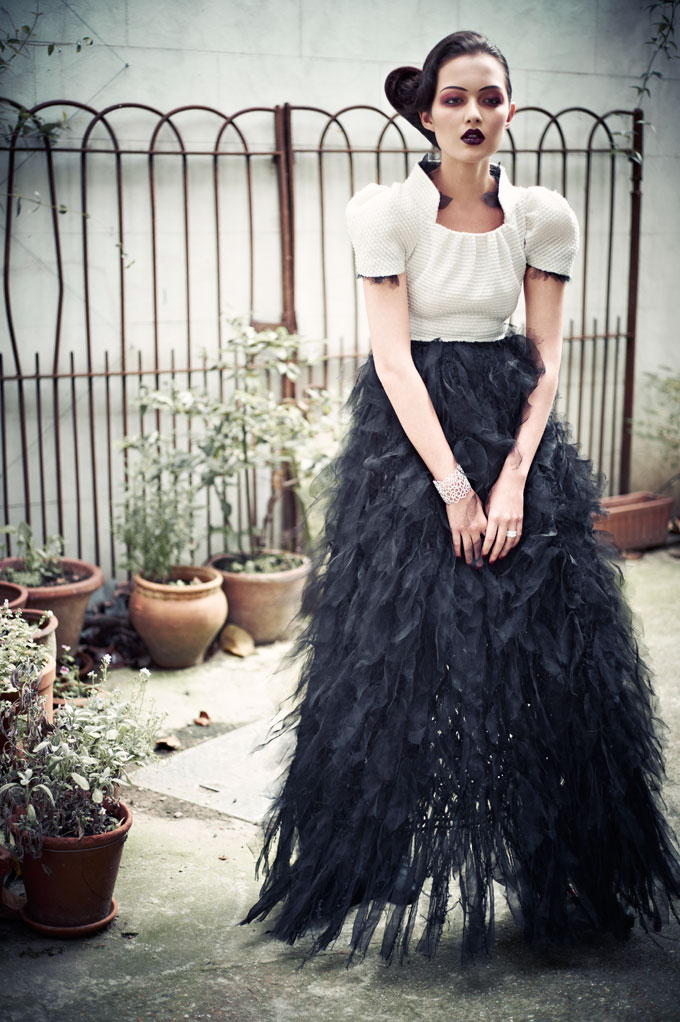
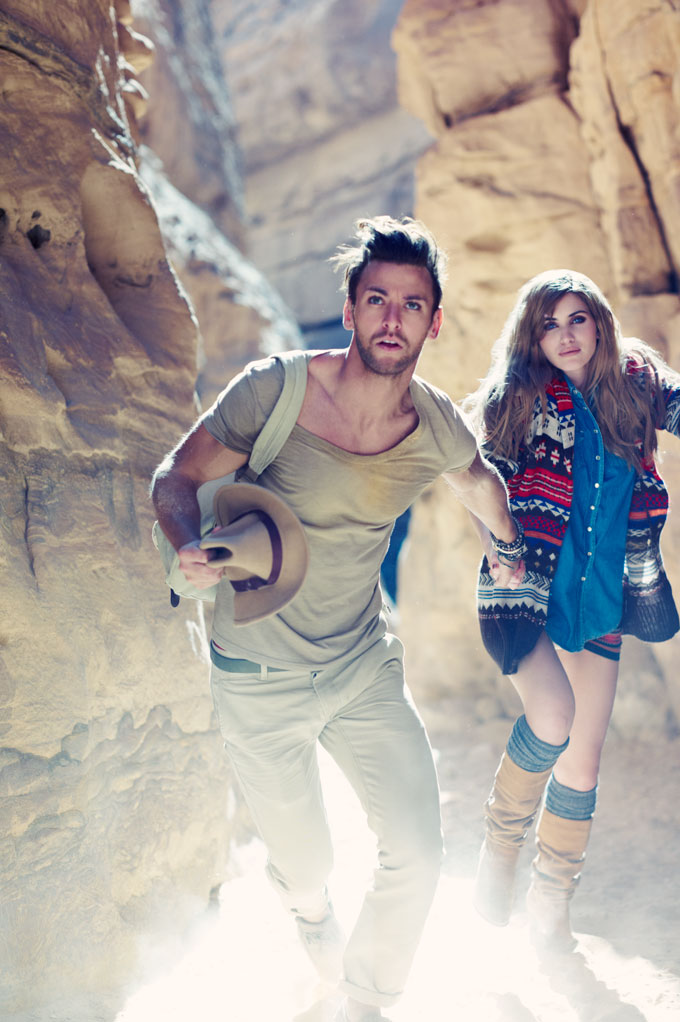
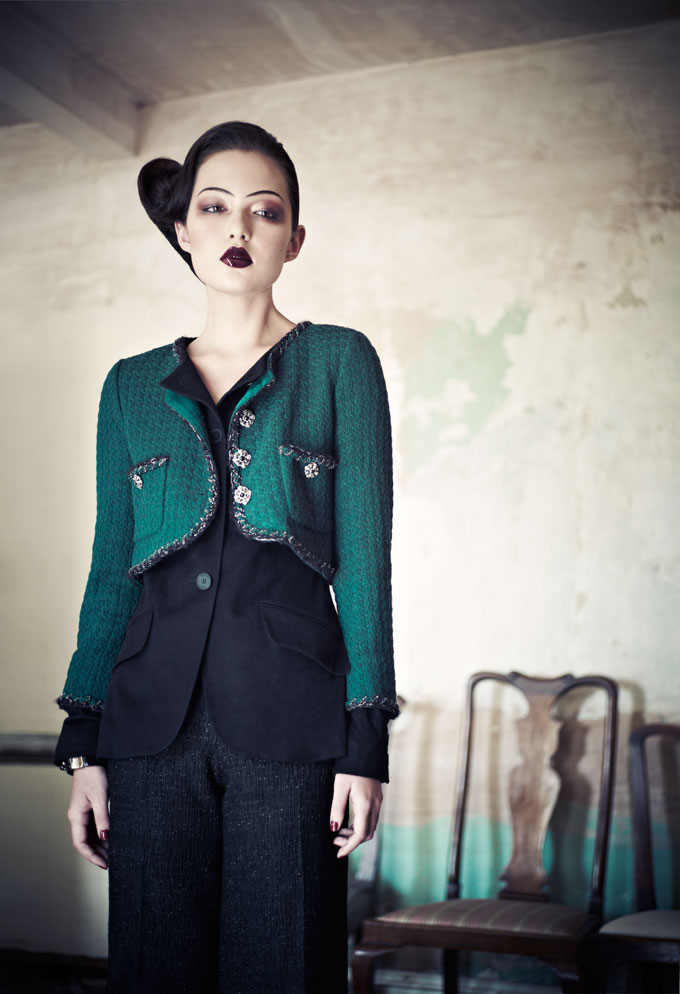
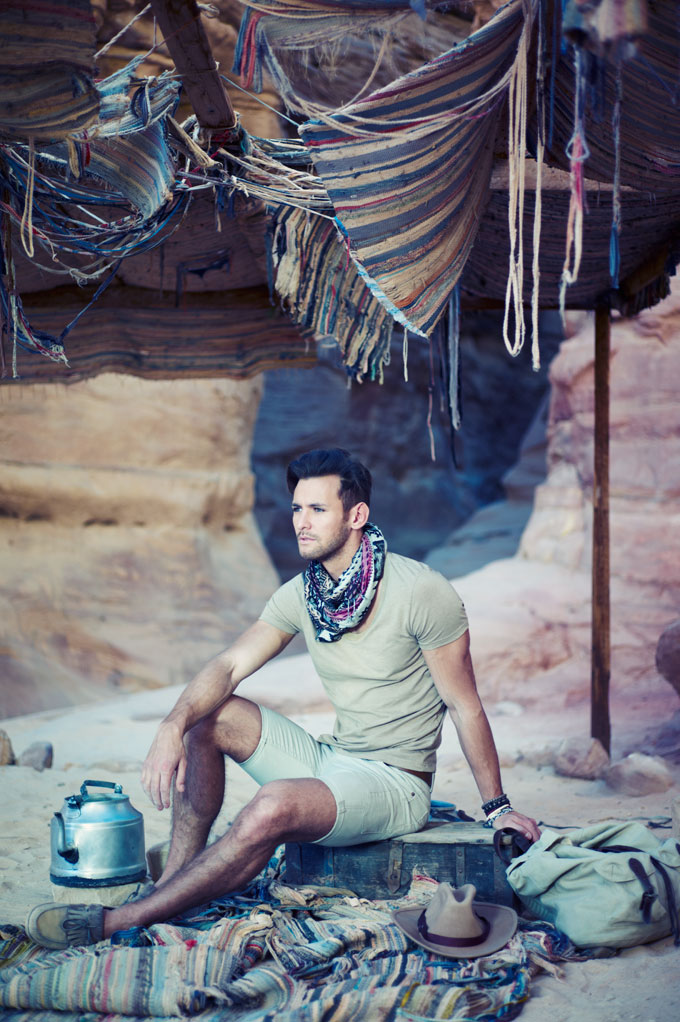
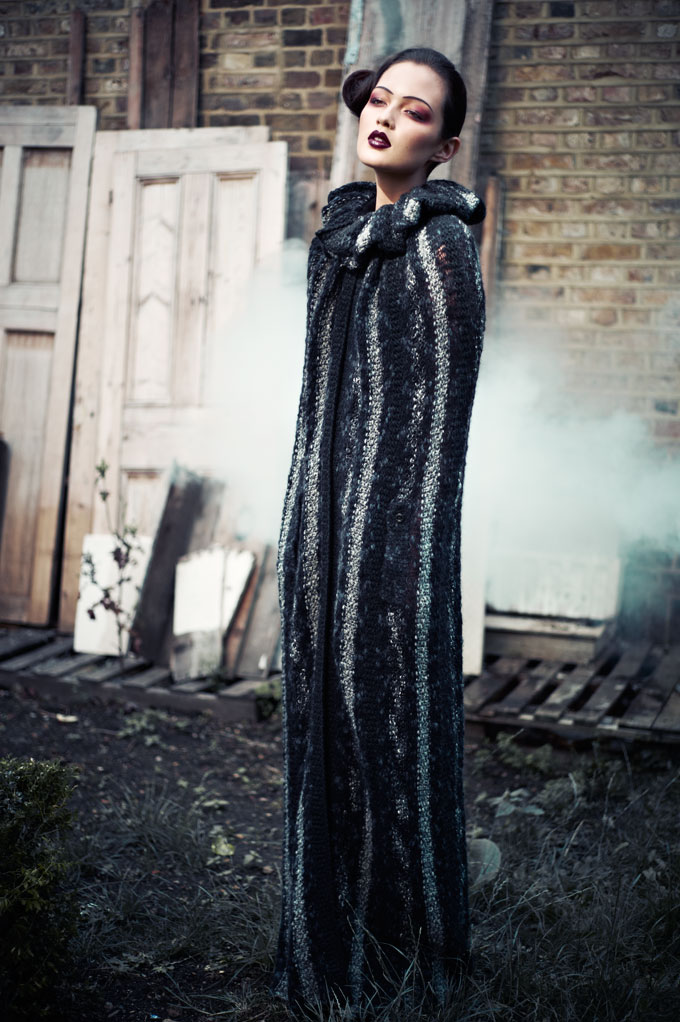
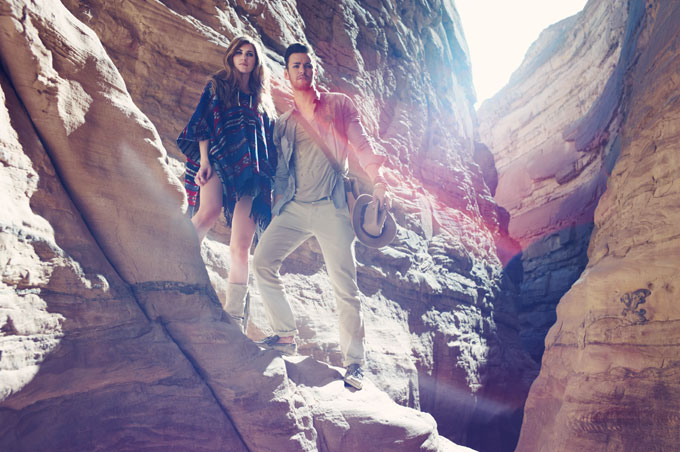


It’s always incredible to see what this camera is good for! Photographer Marie-Louise Cadosch uses the M9 for fashion photography since several months now and has posted some interesting articles on her blog. She always uses the M9 in conjunction with the Noctilux at f1.0 which really makes the difference. Here are the links:
http://blog.marcandlouis.com/2011/07/between-light-and-shadow/
http://blog.marcandlouis.com/2011/06/conclusion-after-the-first-fashion-shoot-with-leica-m9/
http://blog.marcandlouis.com/2011/12/vantage-point-with-maura-waller/
Hi all. Thank you for the lovely comments. And thank you to Steve for taking the time to publish this post.
To answer a few of your questions, the lenses used were the 35mm; 50mm; and 75mm Summicrons. There are perfect for me. Im sure the Summilux’s are incredible, but having an aperture of f1.4 in my line of work is neither here nor there. The Crons are small, light and incredibly bright.
To those talking about the camera being irrelevant – i hope to agree with you! The purpose of this letter to Steve was not that the M9 shoots better pictures. The purpose was to say that as a fashion photographer, the M9 is a lovely camera to shoot with… Full of soul. I find that i shoot much more frugally than with my Canon, getting the shot much sooner than reeling off 200 frames on the Canon.
Its portability is a massive bonus. This tiny kit fits in a tiny bag and can be carried into the most difficult of locations with ease… Proven from the shots in the desert canyon (This was shot for Monarch Airlines magazine on location at the Red Canyon in Sinai), my assistant carried a heavy bag full of Canon gear that didn’t get touched. I find that clients react positively to seeing their commission shot with something they don’t see every day. The same thing can most definitely be said for the models / subjects too.
For movement shots, i set the focus point to where the model’s will land, and shoot. When using my Canon i will set it to manual focus and do the same – i hate autofocus cameras hunting no matter how good they are meant to be. This method doesn’t get it right on every shot, but shooting fashion can be much more technically forgiving than other kinds of work.
I was always concerned with the slow processing power and write speeds of the M9, and it almost stopped me buying it. But slow for me, means more time thinking about the shot, shooting less as a result – makes editing a dream!
Finally its sits nicely into my workflow. I use C1 Pro, and have done since the dawn of dig, and it is the primary workflow capturing software for most freelance assistants / digital operators in London. Post production is done in here and CS5 to finish.
Hope thats answered a few questions. Thanks again.
great stuff!
grest stuff!
Those are some killer pictures. I know its the “photographer and not the gear”, but that M9 is ridiculous.
Nice photos… These guys are trying it too
http://blog.marcandlouis.com/2011/04/the-experiment-leica-m9-for-fashion-photography-part-1/
Thanks for sharing that link! I’m going to check it out also.
An M9 is no harder to use than a Hasselblad, the standard for fashion photographers for decades.
Superb Simon, great craft. Can you share anything about the PP editing? I love the slightly desaturated look, it suits the models creats a great ‘feel’ to you rset.
Thanks for sharing and its nice to hear that you are liberated from the gear hauling syndrome 🙂
Cheers,
Colin
Love fashion photography! Esp done with an M9!
I love my M9 but would not be my tool of choice for fashion. Sloooooowwww processor.
Totally digging the work! Very nice, very dynamic (the guy and the gal in the rocks)…
Very inspirational images – Thanks for posting. Ross
Nice photos Simon! Enjoyed them very much!
i have used my m6 and iiia for fashion shoots with great success….and got nothing but praise on my work !
Bravo, Simon! Great images and interesting point of view. I also believe that you can use Leica for almost anything. And enjoy doing it!
Cheers,
Greg
These are fantastic photographs. That is a testament to the photographer more than the camera. Given reliability issues with recent Leica’s, I’d be concerned to only have one on a shoot. More important though, and please don’t take offense….but I see no quality differences here when comparing to Nikon or Canon DSLRs. I understand the difference in feel when using this equipment, and I love rangefinders as well…but these could have just as easily been posted to a Nikon site with the D700 or D3X or a Canon site with the 1Ds3 or 5D2.
I’m just being honest and mean no disrespect….but I think sometimes people are attaching too much credit to the piece of equipment and too little to the photographer.
+1
And Mario Testino takes great fashion photos using just a Contax point-and-shoot film camera. So why even bother using Nikon/Canon DSLRs? Shouldn’t we all just use P-n-S and work on being better photographers instead?
The reason why some people buy and use a Leica is exactly the same reason why other people buy and use a Canon or a Nikon.
Those shoots are really great, but I can’t help saying that they look very cold and digital compared to the previous “daily inspiration” shot with film by Ibraar Hussain.
I can’t get over all the comments that these posts gather – like I never knew I could shoot fashion with my 7 grand camera, seriously you can shoot fashion with a 35mm point & shoot and get amazing results (if you have the talent and vision).
Agree. We have seen shoots with disposable cameras and and an old Nikon FM that are amazing and we have seen autochrome photos from 1910-xxxx (Albert Kahn) that are wonderful. Photography is like any other trade – it is nice to have a great tool, but a skilled craftsman can use any tool available to achieve his/her vision.
Look at Sartorious. His whole website is done with a P&S camera.
Interesting, but could not find his web site.
Use the lens no other makers offer and you`ll make picture nowbody else do. In Leica case there`s one glass nobody can match. SUMMILUX 21/1.4! Shoot it wide open at 0.7m, fashion and street and you`ll be unique!
+1
I love my 21 lux! I wish I could post an example…
/Users/rodneyla/Desktop/Leica 21mm 1.jpg
I was having site issues with the plug in I was using for image uploads and had to disable it. Seems the plug in was taken down due to some serious issues. Anyway, I am looking for a new solution to this now…sorry about that.
Simon, which three Cron lenses are you using? Thanks.
Hi Simon, thank you for those nice shots! I really like the colors and the light.
One quick question for you: as a fashion photographer, do you often experience Moire with the M9.
I often find that using it with the 50mm cron under studio lights can be a frustrating experience in PP.
(I know LR4 with its Moire tool is coming). Thanks.
I think such article are great inspiration for many of us using a Leica for a specific purpose. We can now dig in other field of photography and be sure our gear will serve us properly. I will jump soon into a studio with my M9.! Thanks
You can use a digital Leica for pro work – but I wouldn’t. They just aren’t reliable enough. Too many issues.
Great images and nice website too!! You sound like a busy guy, its good to see someone so busy taking the time to enjoy the special qualities of the M9!
cheers!
Beautiful shots and exciting to see the camera in the genre. I agree. I also wonder the same… for both Steve and Simon, how do you deal with moving subjects and manual focus?
Furthermore, I am excited to hear that Cron lenses were the tools used here. While I aspire to have Lux lenses, I can barely (if) afford the Crons, so it’s nice to see wonderful displays with the Crons. I know they are great lenses, but it feels like so many more comment that the “magic” happens with the Luxs and I almost never read about the magic shots captured by the Crons and even fewer with Summarits and Elmarits. I know we could get into a whole discourse about how it’s the photographer and not the tools… I am simply mentioning the tools that are often referred to (are Lux lenses) when speaking Leica language.
Thank you both for the share!
Beautiful images! But, if the M9 is so great, why is Leica working to replace it? Also, can we please give a little credit to the great Leica M lenses used to make these images! There is no mention of that at all. With so much praise going to the M9, one would think that the Leica lenses attached to the M9 had nothing to do with creating these images. We all know that can’t be true. There is a reason for Leica lenses to be in great demand and almost impossible to buy anywhere. Leica lenses make great images even on Leica film cameras.
Leica has to be working on a replacement, because electronic parts change so fast they go out of production, requiring redesign. If you wait until parts are obsolete, design changes take so long you won’t have product to sell for a while, so new designs have to start well before they are needed. It’s common to have a design team start looking at new designs immediately after releasing a product – if not before.
Yes, and isn’t it wonderful that these design teams keep improving their cameras while at the same time we have to keep spending our dollars to keep up with their technology. In 2002 I bought my first digital camera, a Canon D60. It cost quite a bit. Luckily, I still have it and it’s not worth $20!. Then, to keep up with technological changes, I bought a 10D. That didn’t last very long. Soon, it was replaced with a 20D, which I did not buy. But, I bought a Canon 30D. And, those Canon engineers keep making design changes and making my cameras obsolete! So, to keep up, I bought a Canon 5D and then a Canon 5D Mark 11. So, it just never ends. They keep squeezing money out of us. Yesterday, I shot a roll of film with an Olympus FTL, which I bought in 1972. And, believe it or not, there is nothing obsolete about this camera. It’s as good now as it was in 1972. So, when are we fools going to stop chasing technology. I guess never. Well, I switched back to shooting film and using Leica M film cameras. I don’t regret having jumped off the digital merry-go-round. Film images look better anyway, in my humble opinion.
+1.
I’m using my small “collection” of compact Nikon slr’s (FM2n, FE2, FA; with assorted Ai-S primes) and Contax slr’s a lot these days (Tri-X mainly; Plus-X, Delta 3200), and sometimes wonder why I invested an arm and a leg in a D700 and 5 excellent fast primes.
Well; I know of course, and I’m well aware the film thing is a hassle (for me as a spoilt person), but there’s something in film that diital hasn’t been able to achieve. Yet?
+2
I still have my Nikon 8008 film camera, a Leica M6, a Rolleiflex TLR 3.5 Planar, Fuji GA 645 and Olympus Stylus Epic. I can’t seem to part with any of them. the Nikon is basically a $50 camera by now, but it’s lovely. The Leica holds its value, as does the Rollei. Each one shoots different negative sizes. I have been debating on selling these to finally obtain a Leica Digital M, but I can’t seem to engage in the spending of so much money on a digital box that won’t last that long before the next one comes along. the other thing is, as they develop and upgrade, the cameras we are left with, if needed to be fixed, may run out of parts if they change the inner design or specs. Something to think about. My Rollei is the same age as I am (50), and it still works! I highly doubt any digital camera will stand that sort of test of time.
I see great photos from digital cameras that are from 2007, still today. The fact is digital has come a long way to make great images. The images you get from sensors from five years ago are still good enough for today and probably will remain good for more years to come.
It isn’t always about having the newest camera that comes out, but using what you have to the highest potential.
Leica has to work on new models because once you enter the digital market, core technologies that improve image quality is camera based (sensors, image processors, etc), where as in the traditional mechanical camera world innovation happened on the film end (faster speed films, lower grain, higher grain, blacker blacks). Big more importantly with Kodak’s financial difficulties and impending exit from the digital space Leica will need a new partner and hence a new camera.
Aside from that, I must agree with you on the photos, I think 20% of those images posted are a result of that creamy, smooth rendering you can only get from Leica glass.
Great images! Has the m9 replaced your other equipment or just supplemented it for some natural light assignments ? Have you tried it with studio lighting yet ?
Gorgeous images
I love shooting my M8.2 for pro jobs, the results are really good; good enough for brochures, magazines and internet …
No 2 $ from me for Steve … 🙂
Wow, I’ve just become very inspired! Beautiful images indeed.
I guess my only question is, is it tough to have your subjects dynamically moving and changing poses/facial expressions while you are manually adjusting focus? Do you end up with fewer “keeper” shots compared to when using a system that has fast AF (tracking)? Also, are the Crons used because they are small and easier to frame the shot since they don’t disturb the field of view in the viewfinder?
Thanks for sharing, this totally made my day!
Also, what F stop are you primarily using when shooting commissioned fashion shoots like this? Is it wide open? Thanks!
wow!
I have a question Steve, is it easier to focus with a leica lens/leica rangefinder? Because with my D7000, i stick with the AF, unable to do manual focus whether it’s a prime lens or zoom. Just don’T want to miss a shot, but still missing a lot! I’m just an amateur who wants to ne na netter photograph
last line is “to be a better photograph”
I’ve never used a Leica rangefinder (only a crappy Polaroid rangefinder focusing system) so I can’t answer your questions directly. However, missing the focus while manually focusing on your D7000 is definitely not your fault, especially with fast primes. Modern focusing screens are simply not designed to be used to manually focused because they know most people rely on the AF. They don’t even show you the effects of opening up your aperture beyond something like f/3.5 . Before you give up on manual focusing, I would recommend getting an alternative focusing screen like the Katzeye ones: http://www.katzeyeoptics.com/item–Nikon-D7000-Focusing-Screen–prod_D7000.html
A focusing screen like this has been optimized for fast primes and has focusing aids like a split prism and a microprism ring, just like you had in the old film days.
I happen to own the D7000 and Katzeye screen combo with a few not so fast lenses (35 f1.8 and a 50 f1.8).
It does wonders in daylight. But in a dim lit room or inside a club you won’t be able to use it at all. It may have to do with the D7K’s smallish viewfinder. But either way, I thought you’d all like to know this since the Katzeye is a little expensive.
Stick with your liveview screen. Works for me.
I had a D7000 and tried for a while a 3rd party focusing screen hoping to make it easier focusing with fast primes (50mm 1.2 and 85 1.4). I actually went back to the original Nikon screen. The screen on the D7000 is better than earlier models such as the D70 and D80. Your mileage may vary !
Happy with the M8 now …
Aee you kidding?!?! Just switch your d7k to manual focusing mode and enjoy! 🙂
actually it’s not fun, very hard to get the focus right
The M9’s split-screen focus is an aid that newer generation DSLRs don’t offer, and it helps you to achieve critical focus. It can be difficult in low light/low contrast situations, but practicing zone focusing helps to overcome this. Most newer DSLR lenses either have a half-hearted distance scale, or lack one entirely, making zone focusing a crap shoot.
For manual focus in dim light, nothing beats a Leica M rangefinder. My old full-frame film SLRs could be pretty good with the right screen and a 1.2 lens, but APS dSLRs like the D7000 and K-5 are much worse. The D700 isn’t as bad.
Ok, thanks everyone! it clears my mind. i don’T mind the autofocus, it’s just sometimes, it doesn’t focus where i want it to. But i have much more trouble AF with my brother 60D, very painful.
Then just use the center collimator to focus and reframe once half pressed. If you let the camera choose you never know for sure what will be in focus and what will not.
Great images, and great to see the M system in this genre.